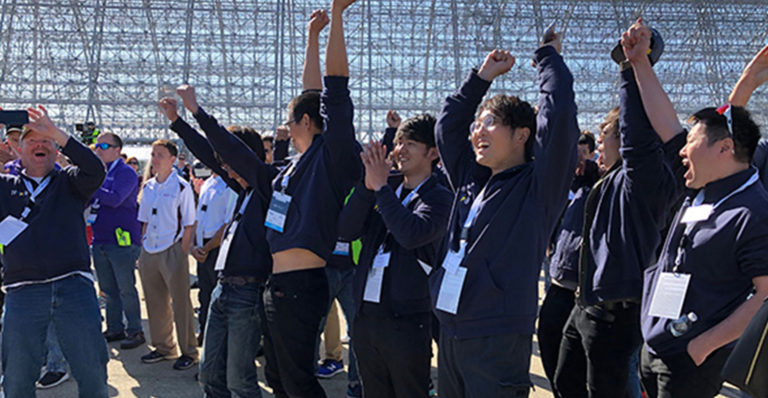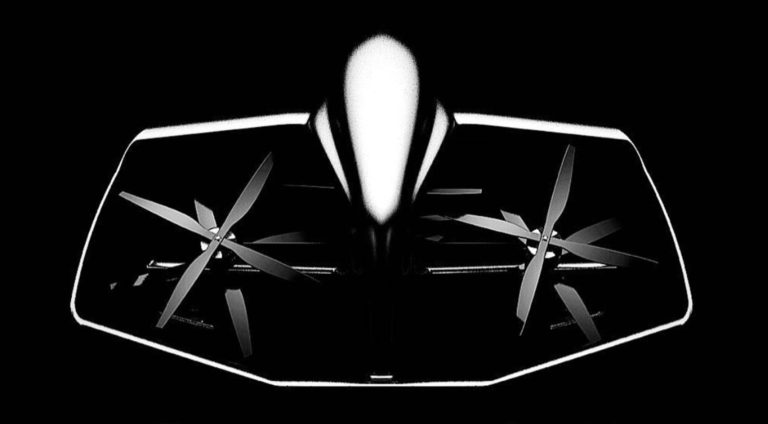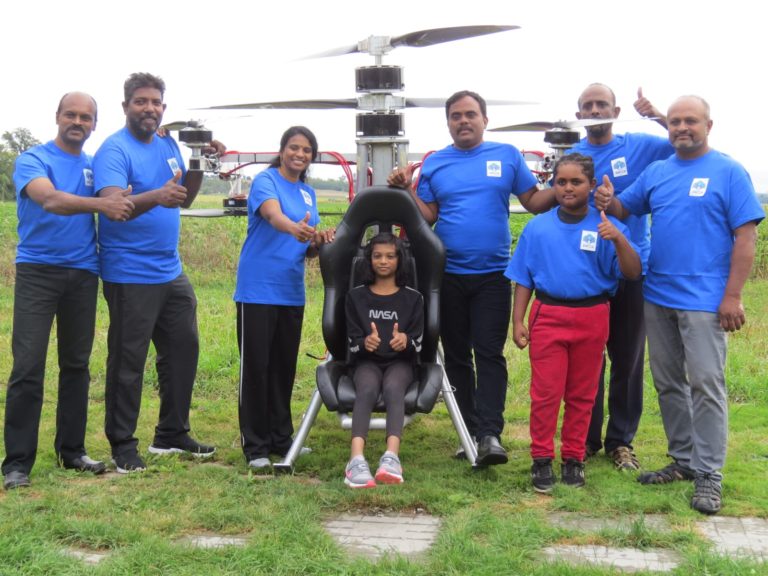Designing and building a personal flying device is hard enough, but making it safe for use by the public is a whole other challenge. For the teams competing in the GoFly Prize, safety will be a priority, and their aircraft will have to meet strict standards to ensure their security.
According to Jon Beatty, president and CEO of Flight Safety Foundation, a GoFly Prize partner, there’s no way to completely eliminate risk in flight — we are, after all, defying gravity. But, understanding the specific sets of risks involved with different aspects of aviation, including takeoff, landing and everything in between can help mitigate potential threats.
In the Q&A below, Beatty explains why assessing risk will be key for GoFly Prize teams.
GoFly: What made you pursue a career in the aviation industry?
Jon Beatty: My father was an aerospace engineer, and he always seemed to enjoy it. It led to him having a full and exciting career. I remember him being excited about going to work every day. There was a great sense of camaraderie among the people that he met through aviation. It inspired me to follow a similar path.
GoFly: What about the GoFly Prize challenge drew your attention? What made you want to partner with GoFly?
Beatty: The GoFly Prize challenges the minds and hearts of all aviators to think outside the box and consider how they can develop safe, quiet, near vertical takeoff and landing personal flying devices. The way that aviation is going, that’s truly the next frontier.
GoFly: Safety is going to be very important for our competitors. What recommendations do you have for them with regard to making sure that the aircraft is safe and secure?
Beatty: The biggest challenge that the aviation industry is facing today is complacency. People have been lulled into a false sense of security that flying is completely safe and that there is no risk, that gravity doesn’t exist, and that all risks have been mitigated. That’s why complacency worries me the most.
People have to remember that safety is not about eliminating risk. It’s about identifying and mitigating risk associated with different parts of flight — takeoff, landing, et cetera — to an acceptable standard. The biggest thing that competitors need to avoid is complacency. They also have to anticipate all the risks involved with flying in general, as well as their specific device.
GoFly: As flying becomes more personalized and available to more individuals, how can the aviation community keep flying safe?
Beatty: The industry today has made phenomenal strides in the areas of safety, professionalism, and standards. As we start to integrate new and innovative types of aircraft into the national air systems, whether they are personal flying devices, drones, or other unmanned aircraft systems, the key is leveraging the existing regulations as well as developing new common standards so that everyone that shares the national airspace sticks to certain standards.
GoFly: What will be the biggest challenge for our competitors from here on out?
Beatty: The biggest challenge for our innovators is going to be production. Developing the ideas and creating proposals is really the easy part. The real challenge is going to be producing the devices and turning ideas into actual product — that’s where we’re going to see a lot of the competitors start to fall out.
The best way to avoid falling victim to this part of the competition is to not try to do it all alone. Leverage and learn from all the experienced professionals who are out there and who have offered their help, whether it’s mentors, masters, universities, or organizational partners. My advice would be to take advantage of the help that’s available.
GoFly: Where would you fly on your very own personalized flying device?
Beatty: If I had my very own personal flying device, I would fly to Cape Cod, Massachusetts.








